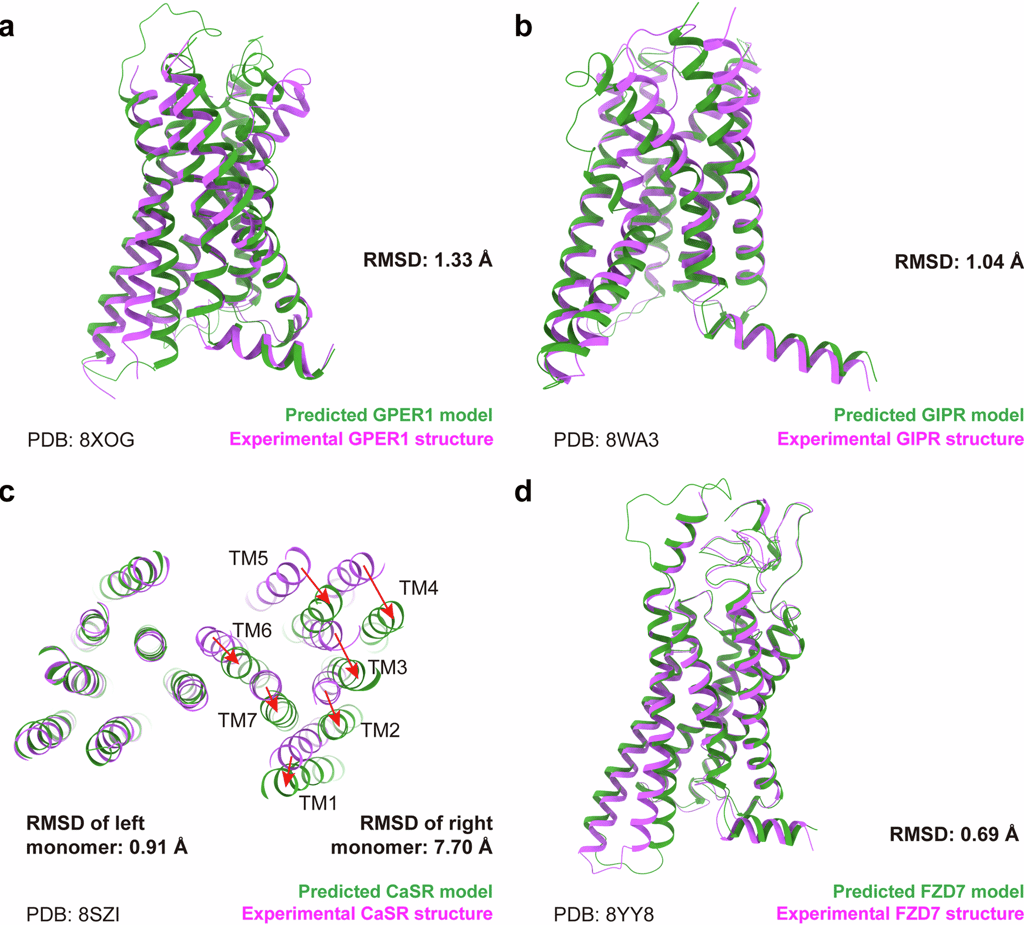One Year After AlphaFold 3: From Interactions to Interventions
AF3’s first year reframed the question from “what’s the fold?” to “what binds where?” We review the wins, and show how our pocket labels and negatives sharpen the path to drugs.
Shawnak Shivakumar
5/9/20251 min read


A year ago today, AlphaFold 3 formalized what many suspected: the future is interactions. By modeling complexes with nucleic acids and small molecules, AF3 brought binding into the same frame as folding. It wasn’t perfect: confidence can be uneven, chemistry can be “optimistic,” but it gave us a common canvas to ask drug-like questions.
In our first AF3 year, three patterns stood out:
Pocket triage got smarter. Community labels identify ligandable cavities versus pass-through clefts, accelerating prioritization. Models like PocketGen also emerged, explicitly generating pocket-shaped regions and nudging the ecosystem toward designing for bindability, not just compatibility.
Negatives are gold. Knowing where not to dock is as valuable as a hit. Our annotators mark false positives en masse, improving downstream ranking.
Long-tail proteins moved up the queue. AF3 proposals on obscure families become testable once people annotate surface chemistry and key residues that match plausible mechanisms.
The next turn of the crank is clear: interactions → INTERVENTIONS. As open models improve, the bottleneck becomes clean, contextual labels: the stuff our community produces every day. Another year like this, and “dark proteome” might finally start to sound outdated.
Contact
shawnak@darkprotein.org
shawnak.shivakumar@gmail.com
